ROMAN TOWER - TOMB OF JULII

This tower, recently restored, was difficult to photograph because of various constraints.
The structure is situated on a hill overlooking the lake and the Pompeiian temple. Today, the Tomb of the Julii is largely obscured by vegetation [which is why it was difficult to photograph]. It was originally a more prominent feature of St. Anne’s.
The tower was based on the design of the original Tomb of the Julii in St. Remy, France and was constructed by Benjamin Lee Guinness. It was originally located on top of the main house, but was taken down and moved to this location by Lord and Lady Ardilaun when they commissioned the J. F. Fuller extension in 1873-76.
A folly is a decorative building built in a garden. Follies are built to resemble bridges, towers, temples, hermitages and more and reflect the tastes of wealthy 19th Century wealthy people returning from grand tours of Europe.
St Anne's Park has 12 garden follies.
St. Anne’s Well (Medieval)
Roman Tower ‘Tomb of Julii’
Annie Lee Bridge
Herculanean Temple
Yew Circle (Yew Circle and Fountain)
Ornamental bridge / hermit’s cave (Bridge & Hermitage)
Rustic Hermits Cave and Footbridge (Rustic Grotto – Cave)
Arch (Rustic archway & bridge)
Four-sided arched gateway axial to rear of former house (Rustic Grotto – Archways)
Rockwork feature
Boat House
Shell House / Dogs Graveyard
The follies were built by the Guinness family. The first folly to be built was Annie Lee Bridge, which commemorated the birth of Benjamin Lee Guinness's daughter in 1837. The rest followed during the 1850’s and 60’s.
Most of the follies follow the course of the Naniken River which runs through the park, the rest can be found along an oak-lined avenue.
The condition of the follies deteriorated over the years. In 2016 Dublin City Council started conservation works to preserve the follies for generations to come. The works involved stopping decay, cleaning, clearing vegetation, removing graffiti and protecting the structures from future vandalism. Some of the follies also received new railings.
During the course of the works some interesting discoveries were made. The first was at St. Anne’s Well, the medieval well which gives the park its name. The well is on the Record of Monuments and Places and is a protected structure. The structure around the well was also built by the Guinness family. While clearing the ground by the well, an old limestone path was discovered.
The second was a tiled floor in the Herculanean Temple. The square tiles have been hand-painted to create the impression of small mosaic tiles, featuring Grecian motifs, in contrast to the Temple's Roman design.



-
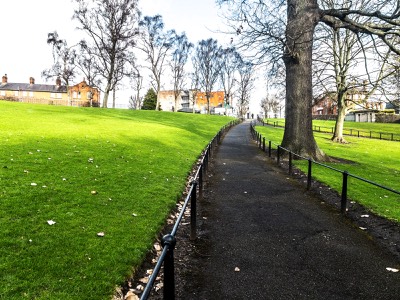
VICTORIAN GARDEN
-
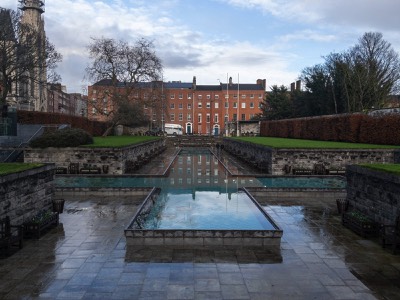
PARNEL SQUARE
-
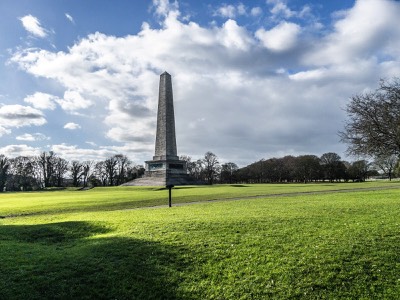
WELLINGTON
-
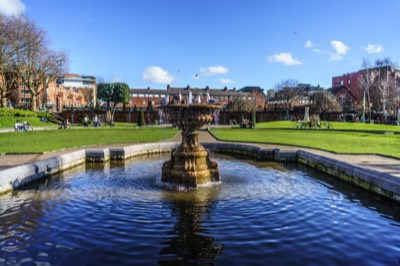
ST. PATRICK'S PARK
-
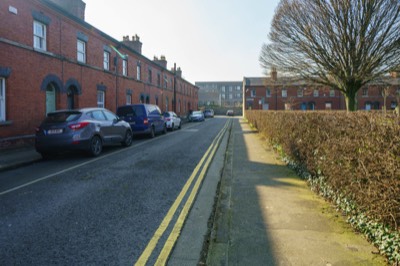
GREAT WASTERN SQUARE
-
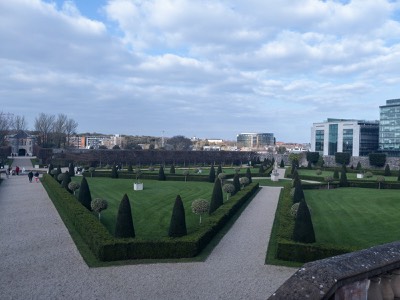
FORMAL GARDENS
-
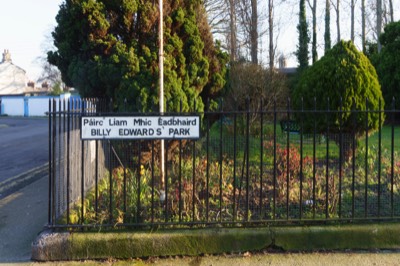
BILLY'S BED
-
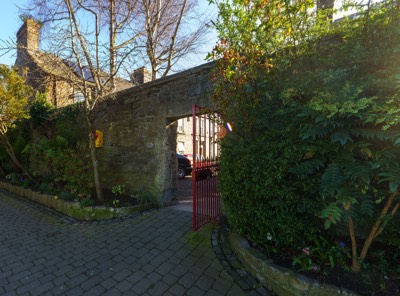
BLESSINGTON BASIN
-
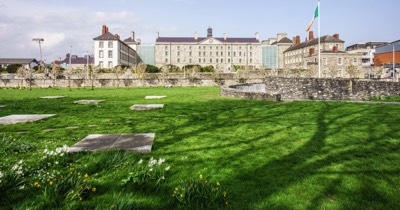
CROPPIES ACRE
-
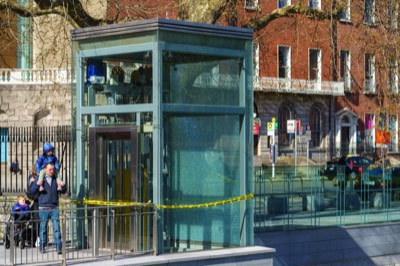
EASTER MONDAY
-
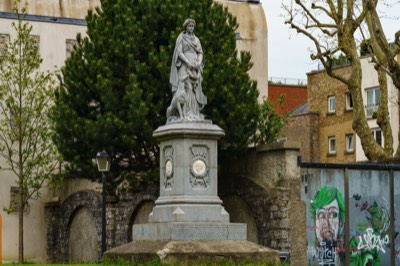
EIRE
-
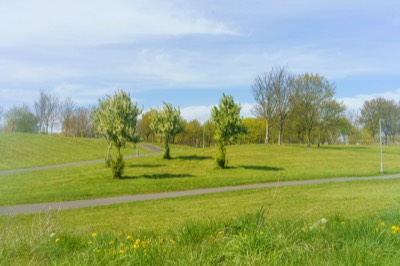
TOLKA VALLEY
-

DUCKS ON THE POND
-
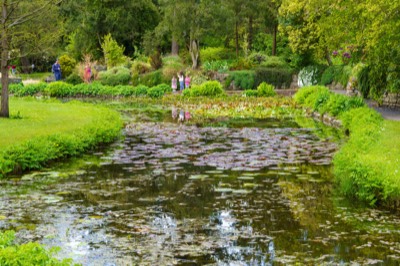
THE POND
-
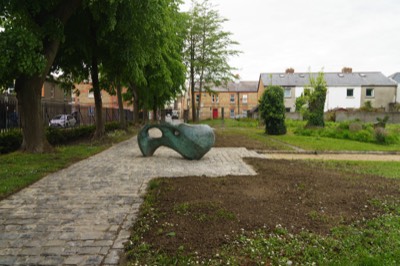
ST CATHERINE'S GRAVEYARD
-
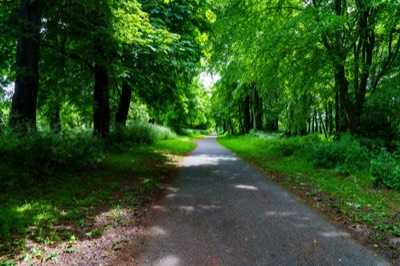
COOLMINE WOODS
-
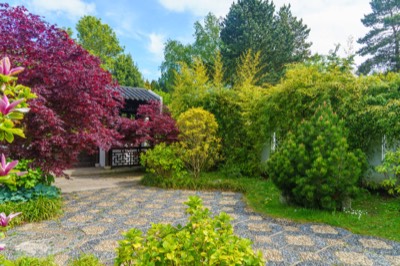
CHINESE GARDEN
-
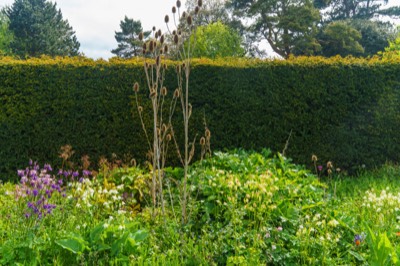
WALLED GARDEN
-
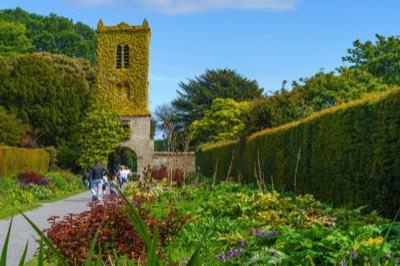
CLOCK TOWER
-
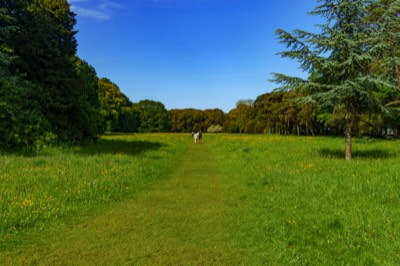
WILD MEADOW
-
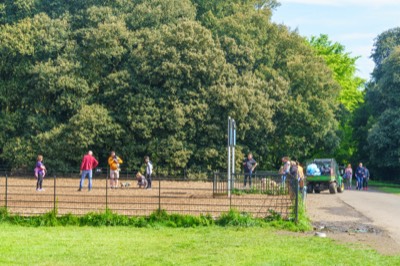
DOG PARK
-
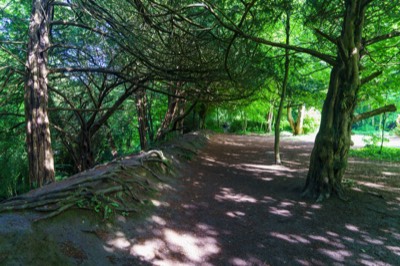
WOODLANDS
-

TICKNICK
-
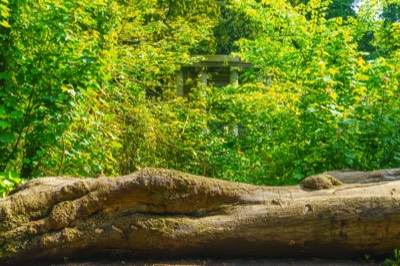
FOLLIES
-
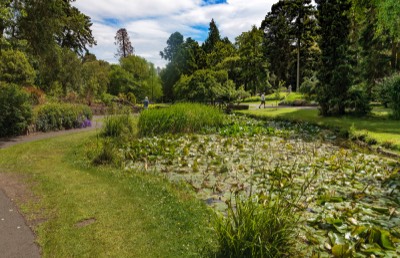
POND - BOTANIC GARDENS
-
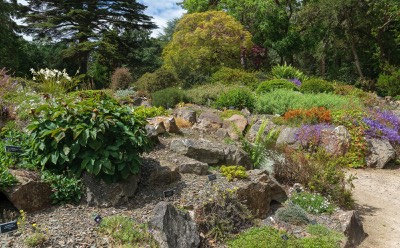
ROCKERY
-
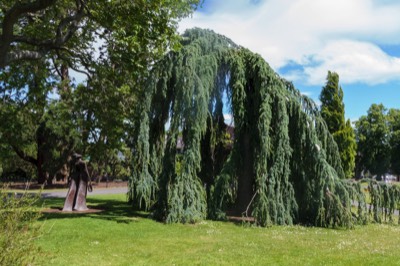
15 JUNE 2021
-
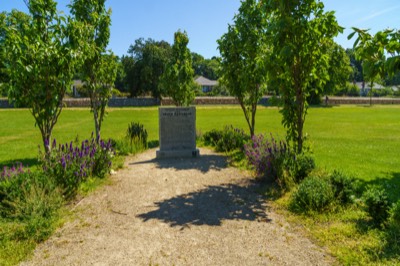
1916 MEMORIAL
-
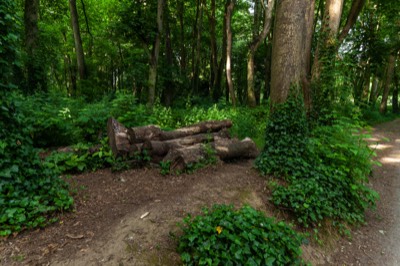
WOODLANDS
-
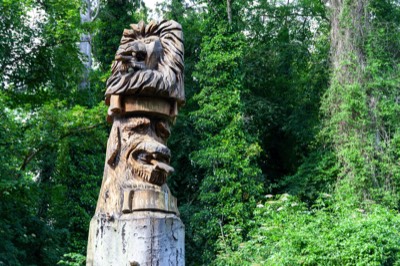
COAT OF ARMS
-
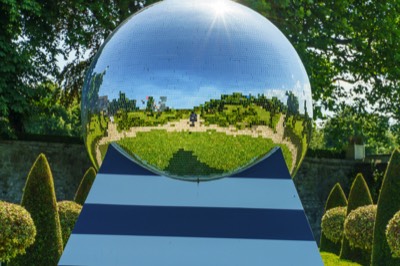
KILMAINHAM
-
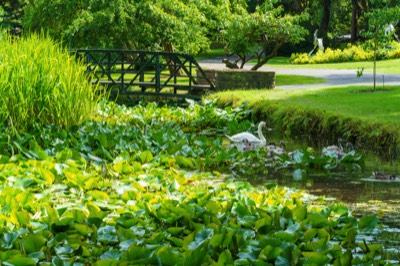
SWANS
-

COLOUR OF PLANTS
COPYRIGHT INFORMATION BELOW APPLIES ONLY TO PHOTOGRAPHS

This work by William Murphy aka Infomatique is licensed under a Creative Commons Attribution-NonCommercial-ShareAlike 4.0 International License.
Permissions beyond the scope of this license may be available at https://excellentstreetimages.com/in-the-year-twentytwenty/copyright/.

































